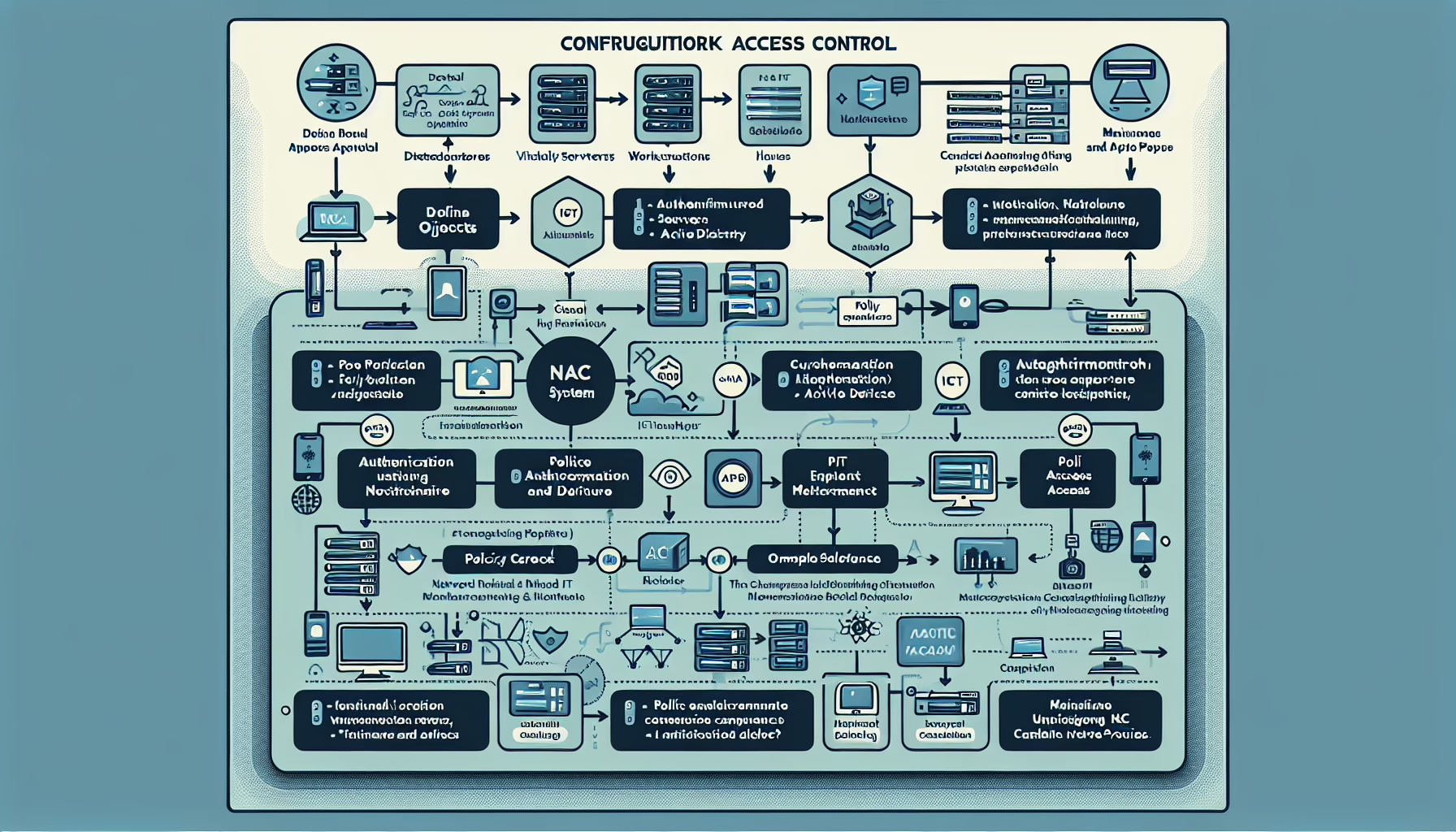How do I configure network access control (NAC) for IT infrastructure?
Configuring Network Access Control (NAC) is essential for securing your IT infrastructure and ensuring only authorized devices and users can access your network. NAC helps enforce security policies, prevent unauthorized access, and mitigate risks like malware infections and data breaches. Below is a step-by-step guide to configuring NAC in your IT environment: 1. Define Your […]
